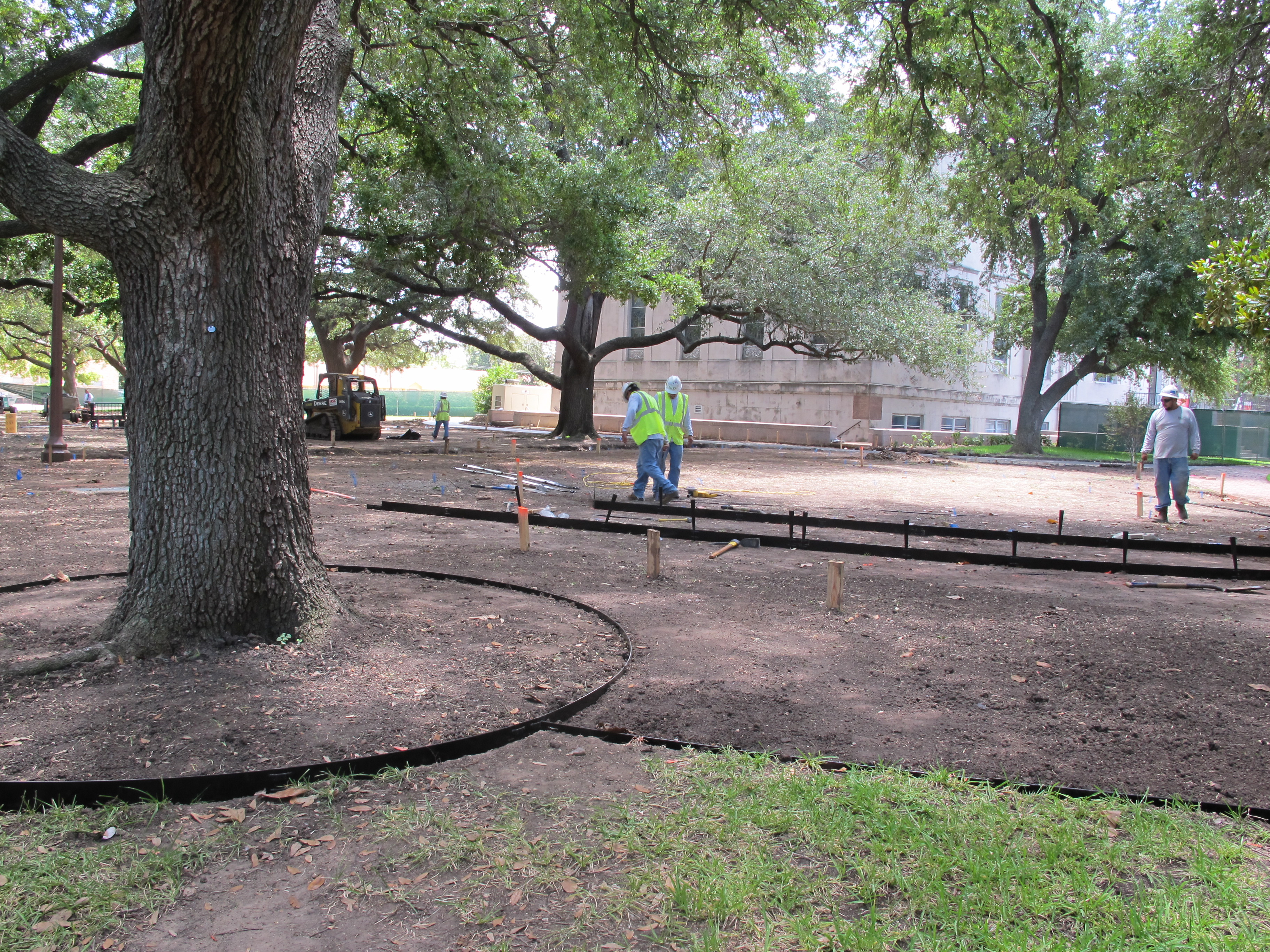The A. Joseph Armstrong papers are housed in Baylor’s Texas Collection along with the rest of the University Archives. (The information below is drawn from the Texas Collection website.)
Information on the AJA Papers:I
Andrew Joseph Armstrong Papers #0449 1
Descriptive Summary:
Creator: Andrew Joseph Armstrong and Mary Maxwell Armstrong
Title: Andrew Joseph Armstrong Papers
Inclusive Dates: 1869-1960, undated
Bulk Dates: 1910-1950
Abstract: The Andrew Joseph Armstrong Papers consist of correspondence,
literary productions, and other materials collected during his tenure
as Chairman of the English Department at Baylor University. His
wife Mary’s genealogical records comprise the final series of the
collection.
Accession #: 0449
Extent: 4.05 linear feet (9 document boxes)
Language: Collection is in English.
Repository: The Texas Collection, Baylor University, Waco, Texas.
Biographical Note:
Andrew Joseph Armstrong and his wife Mary Maxwell Armstrong were
influential members of the Baylor University community. They are most famous for their
efforts to establish the Browning Library (later named Armstrong-Browning Library) as
the premier collection of Browning materials in the world.
Andrew Joseph Armstrong, the son of Andrew Jackson Armstrong and Lotta
Forman Armstrong, was born in Louisville, Kentucky, on 1873 March 29. He graduated
with a Bachelor of Arts in 1902 and a Master of Arts in 1904 from Wabash College in
Indiana. For six months, he taught at East Texas Baptist Institute in Rusk, where he met
Mary Maxwell.
Mary Maxwell, the daughter of Wilder Richard Maxwell and Melissa Anne
Williams Maxwell was born in Buena Vista, Texas. She attended Baylor University and
the University of Chicago. In 1902, she became a teacher at the East Texas Baptist
Institute in Rusk, Texas, where her brother was the president. Although she only knew
Armstrong for six months, their relationship blossomed.
Armstrong continued his education at the University of Pennsylvania, earning a
doctoral degree. He once again took up the mantle of teaching at Wesleyan University in Illinois (1904-1907), Baylor University in Texas (1908-1909), and Georgetown College in Kentucky (1909-1912). Armstrong married Mary Maxwell on Janurary 24, 1911 Their only child, Richard Maxwell Armstrong, was born in December of that year.
The Armstrongs moved to Waco in 1912 due in large part to Dr. Armstrong’s new
position as Chairman of the English Department at Baylor University. He held this office
until 1952, attracting over 150 famous literary celebrities to visit Waco. During the
summers, the Armstrongs conducted tours to Europe through their traveling company.
One of the Armstrongs’ greatest shared passions was the poetry of Robert and
Elizabeth Browning. During their tours of Europe, the Armstrongs collected many
Browning materials. In 1918, Armstrong gave much of his collection to Baylor
University to encourage the development of a Browning museum. The couple’s efforts
culminated in the dedication of the Armstrong-Browning Library on December 1-3, 1951.
A.J. Armstrong died shortly after this dedication on May 31,1954. Mary Maxwell
Armstrong continued as the director of new library for five years. Near the end of her Andrew Joseph Armstrong Papers #0449 2
life, Mary moved to Pennsylvania to live with her son. She died in Philadelphia on 1971
September 1. The Armstrongs are still remembered today for their work at Baylor
University and the Browning collections there.
Sources:
Coley, Betty A. “Mary Maxwell Armstrong.” In Handbook of Texas Online. Available
at http://www.tshaonline.org/handbook/online/articles/far28. Accessed
2012 April 18.
Edwards, Margaret R. “A. Joseph Armstrong.” In Handbook of Texas Online. Available
at http://www.tshaonline.org/handbook/online/articles/far06. Accessed
2012 April 18.
Herring, Jack. “Andrew Joseph Armstrong.” In The Handbook of Waco and McLennan
County, Texas. Ed. by Dayton Kelley. Waco, TX: Texian Press, 1972.
“Mary Maxwell Armstrong.” In The Handbook of Waco and McLennan County, Texas.
Ed. by Dayton Kelley. Waco, TX: Texian Press, 1972.
Scope and Content:
The Andrew Joseph Armstrong Papers range from 1869 to 1960. These materials,
including correspondence, financial papers, legal documents, literary productions, and
genealogical notes, are helpful to any researcher interested in the developments of Baylor
University’s English Department, Armstrong’s touring company known as Armstrong
Educational Tours and Armstrong’s Tours of Distinction, and Armstrong’s efforts to
develop a Browning Library at Baylor University. The final series contains genealogical
materials pertaining to Mrs. Mary Maxwell Armstrong’s ancestry.
Organization and Arrangement:
This small collection has been organized into five series: I. Correspondence, II.
Financial Documents, III. Legal Documents, IV. Literary Productions, and V. Genealogy.
The correspondence series is organized chronologically. The four remaining series are
organized according to the type of material. Series V. Genealogy pertains primarily to
Mary Maxwell Armstrong and has been set apart from the remainder of the collection.
Restrictions: The collection is open for research.
Literary Rights Statement:
Unpublished materials authored or otherwise produced by the creator (s) of this
collection are in the public domain. There are no restrictions on use. Copyright status for
other collection materials is unknown. Transmission or reproduction of materials
protected by U.S. Copyright Law (Title 17, U.S.C.) beyond that allowed by fair use
requires the written permission of the copyright owners. Works not in the public domain
cannot be commercially exploited without permission of the copyright owners.
Responsibility for any use rests exclusively with the user.





